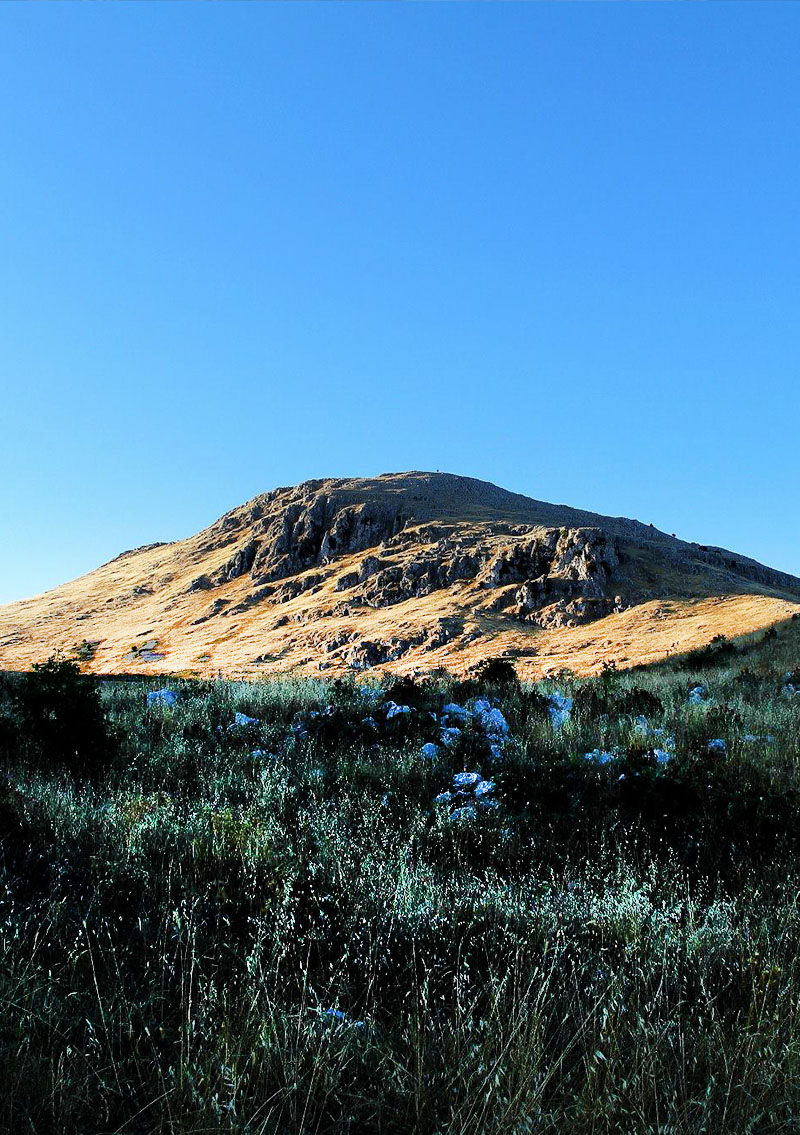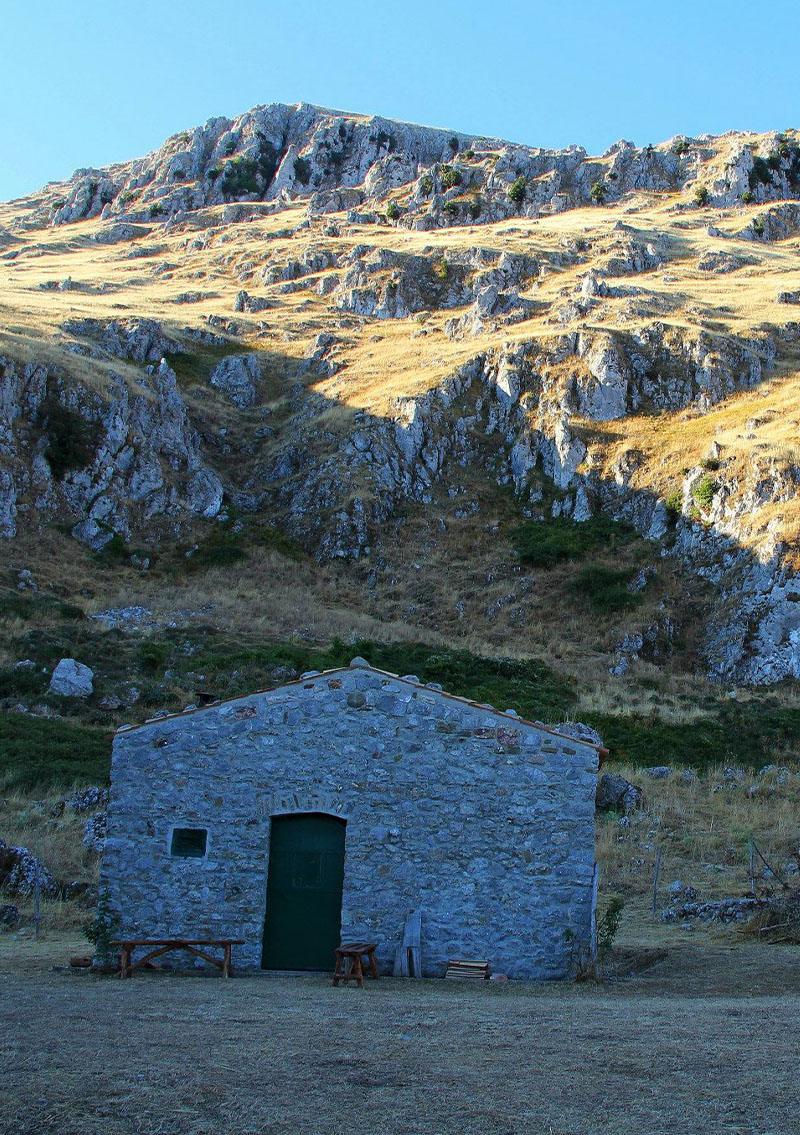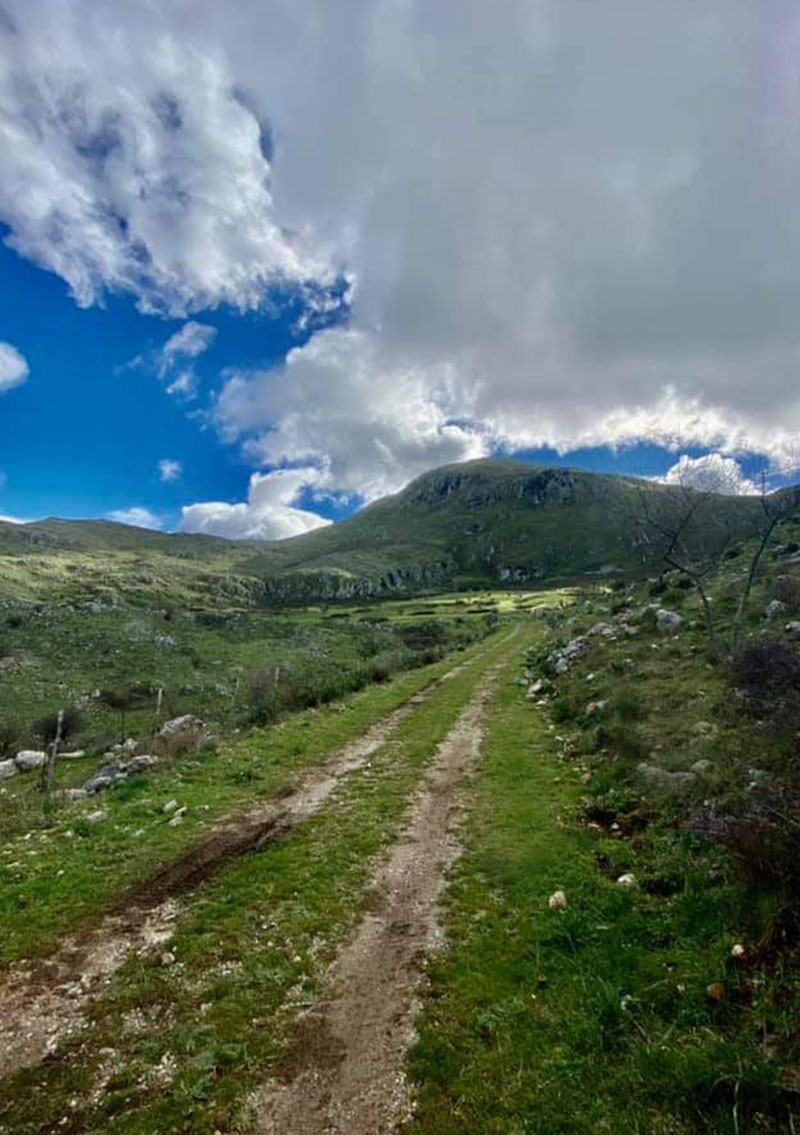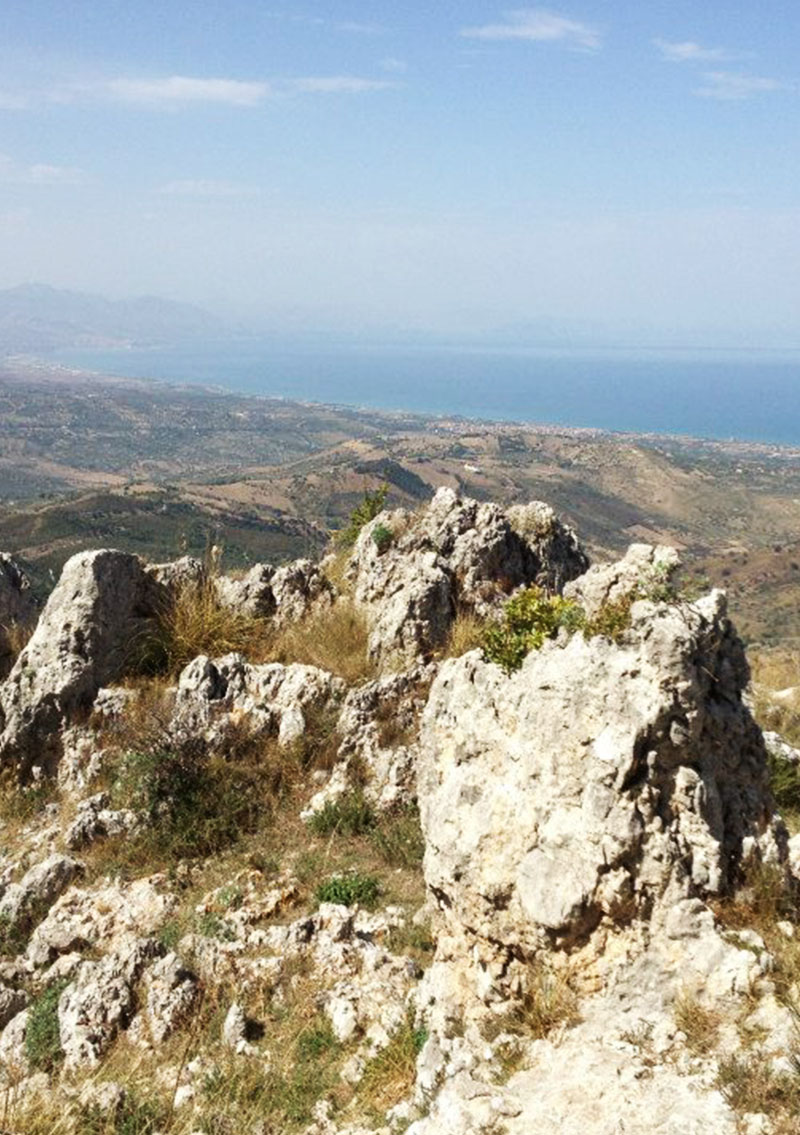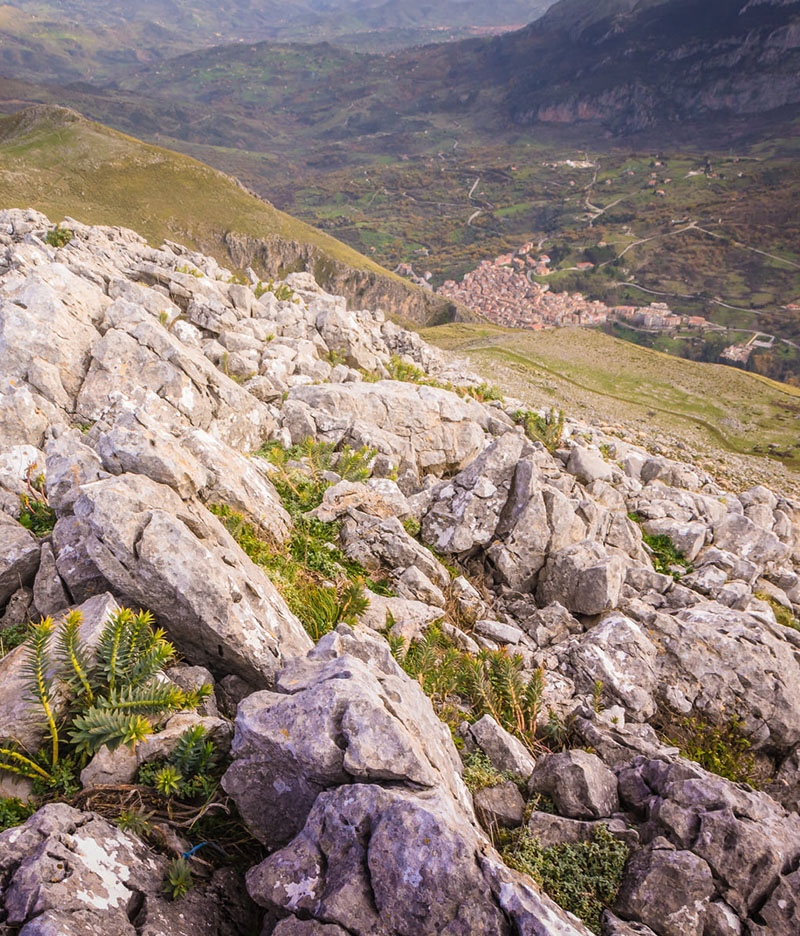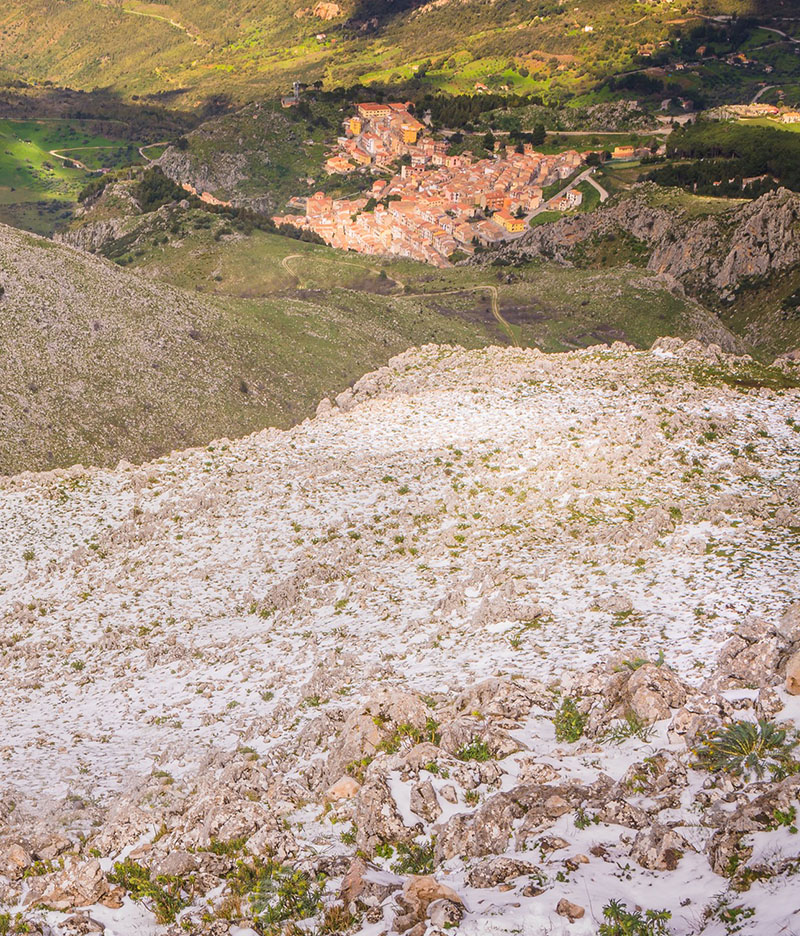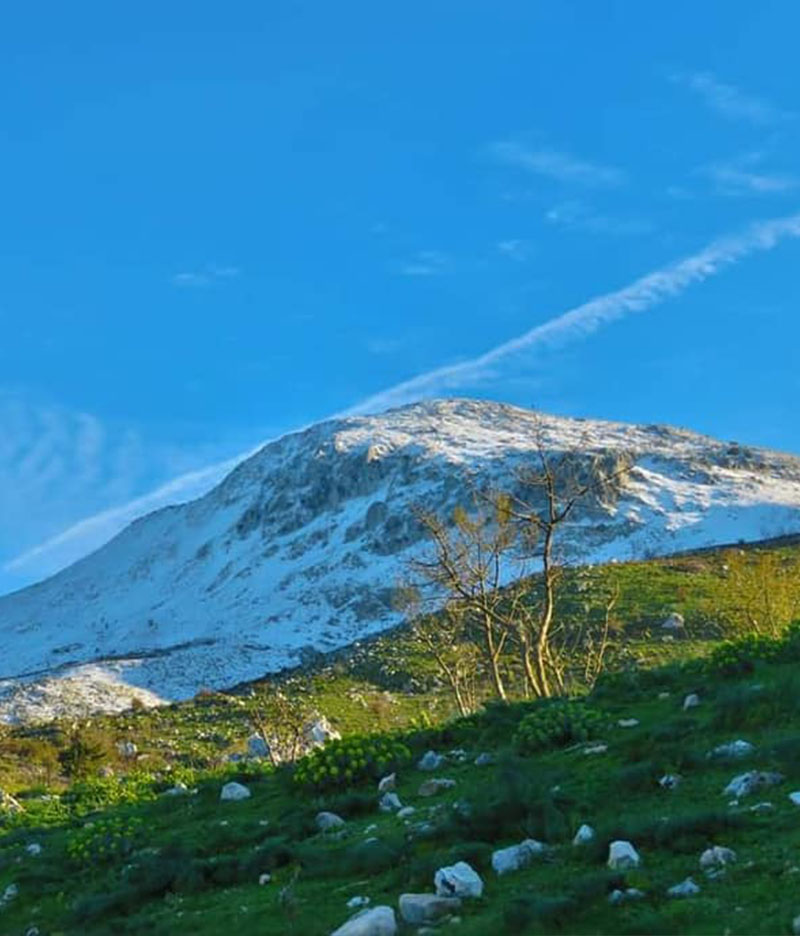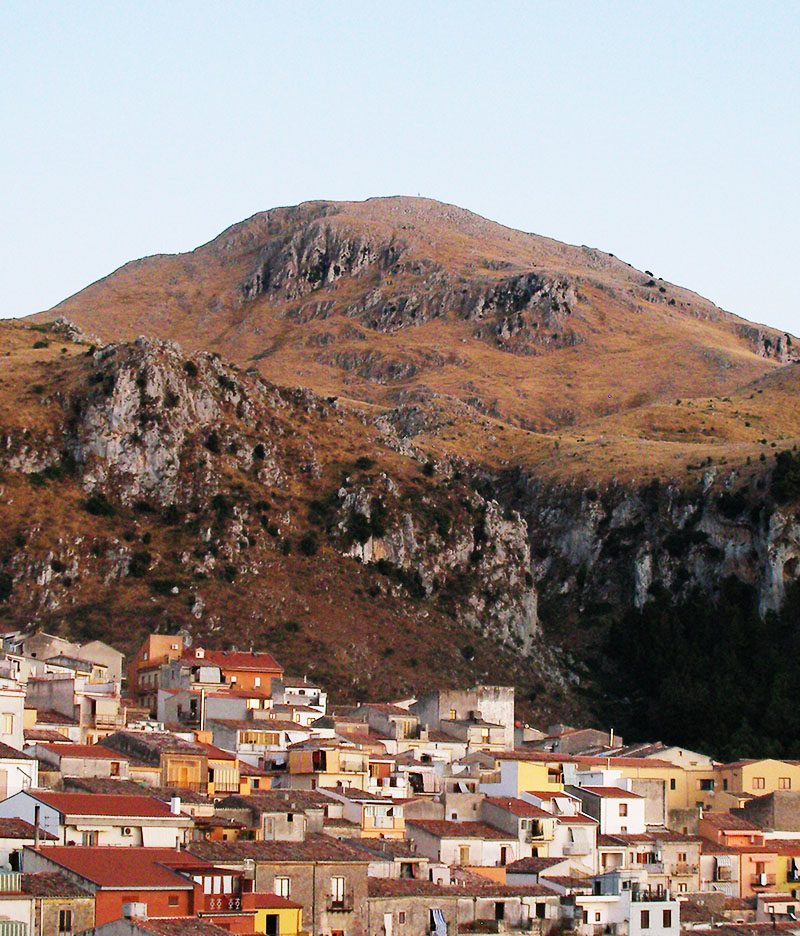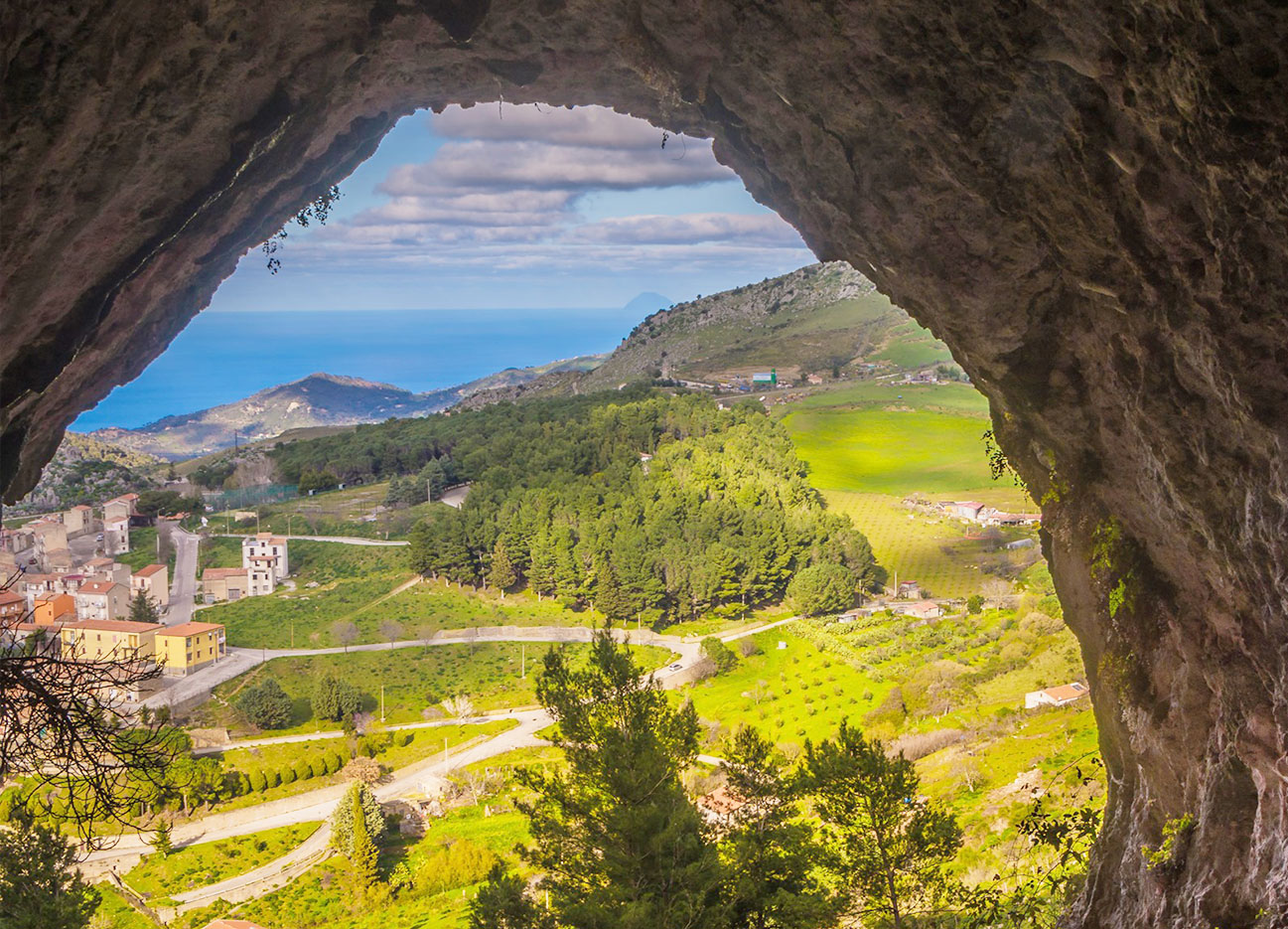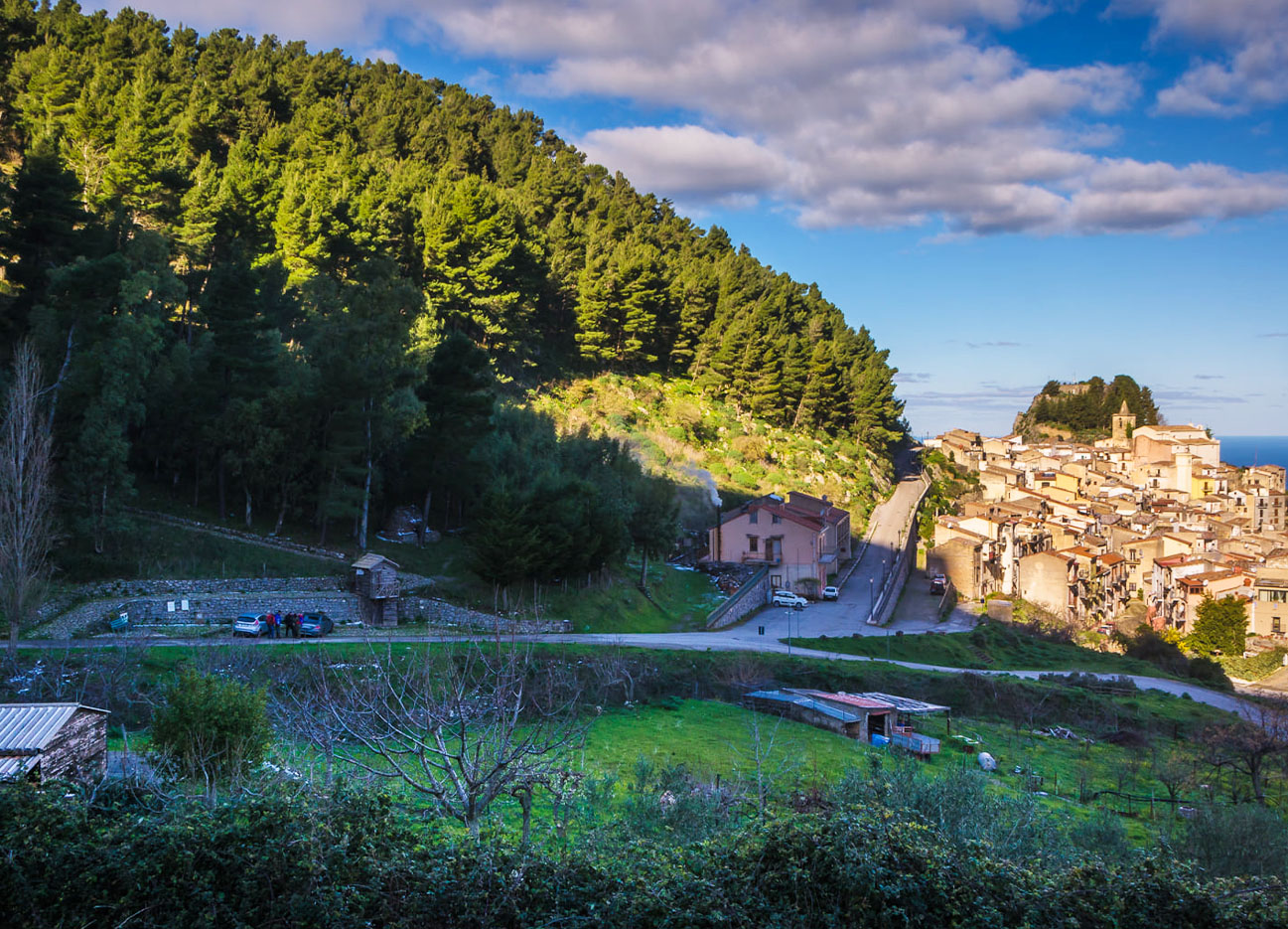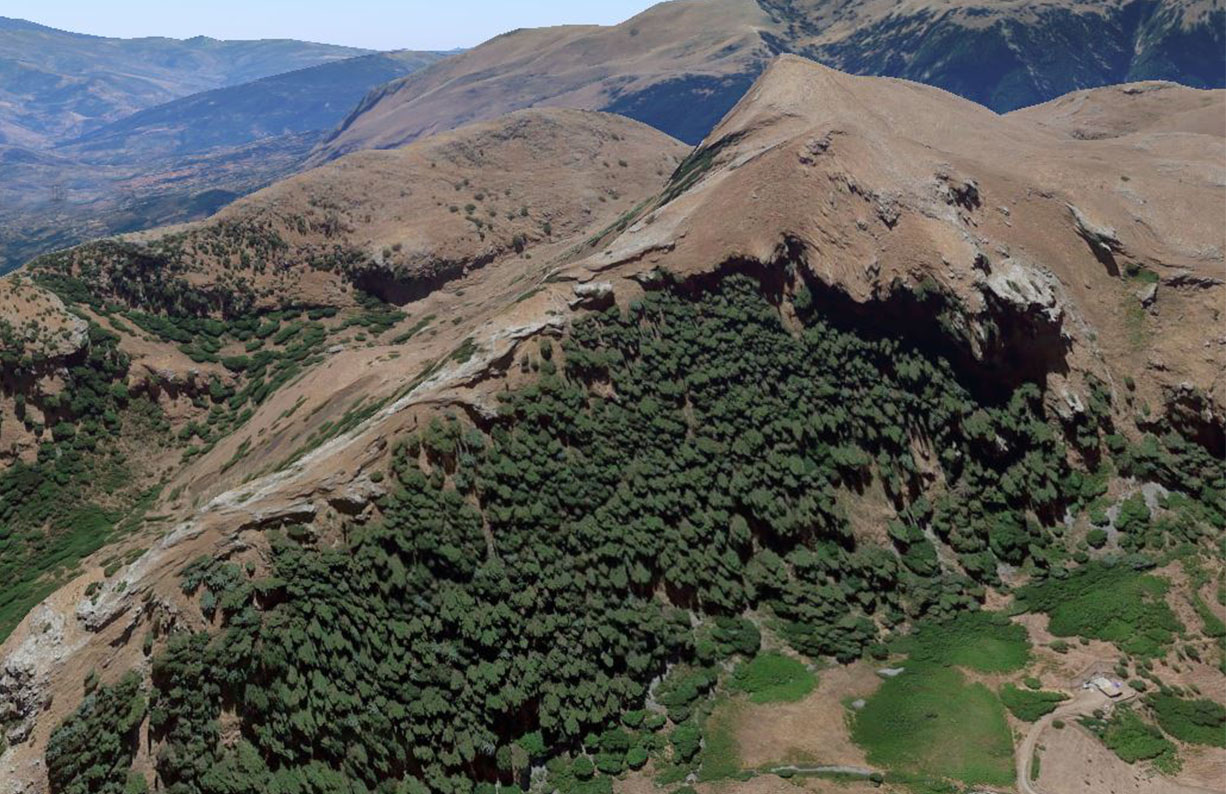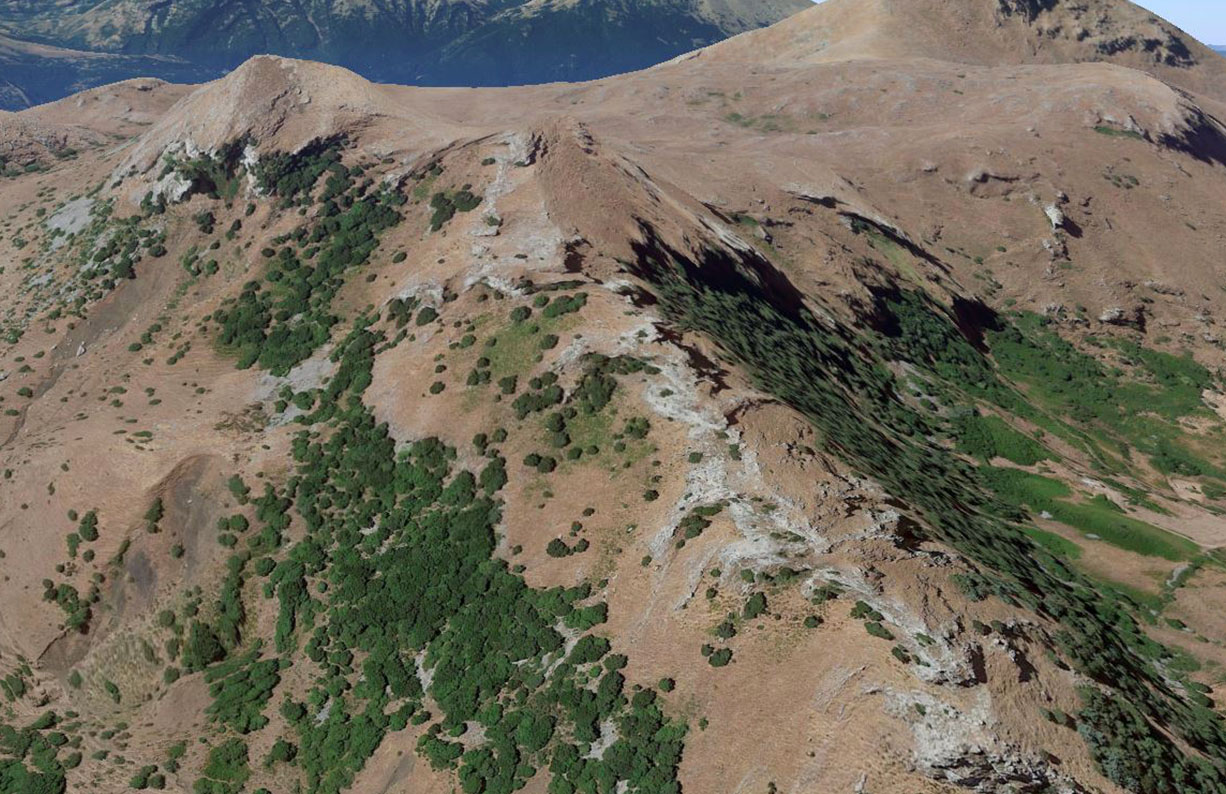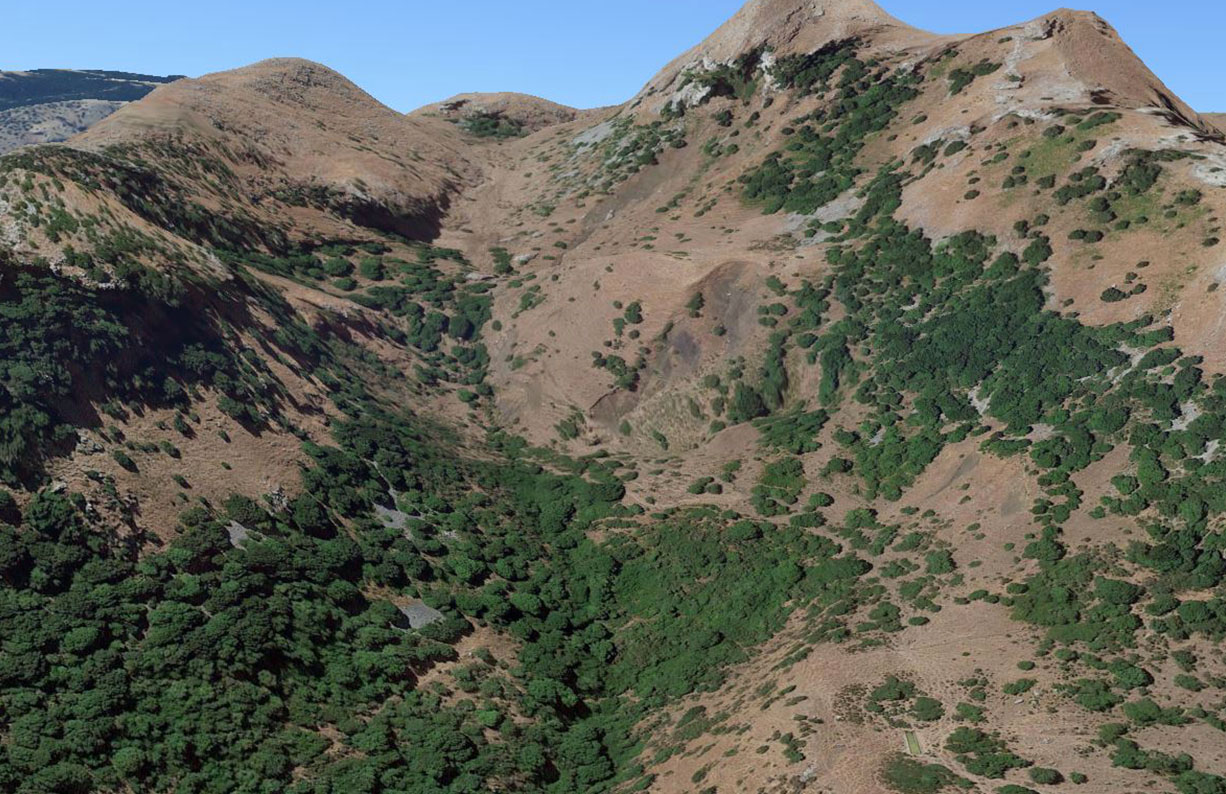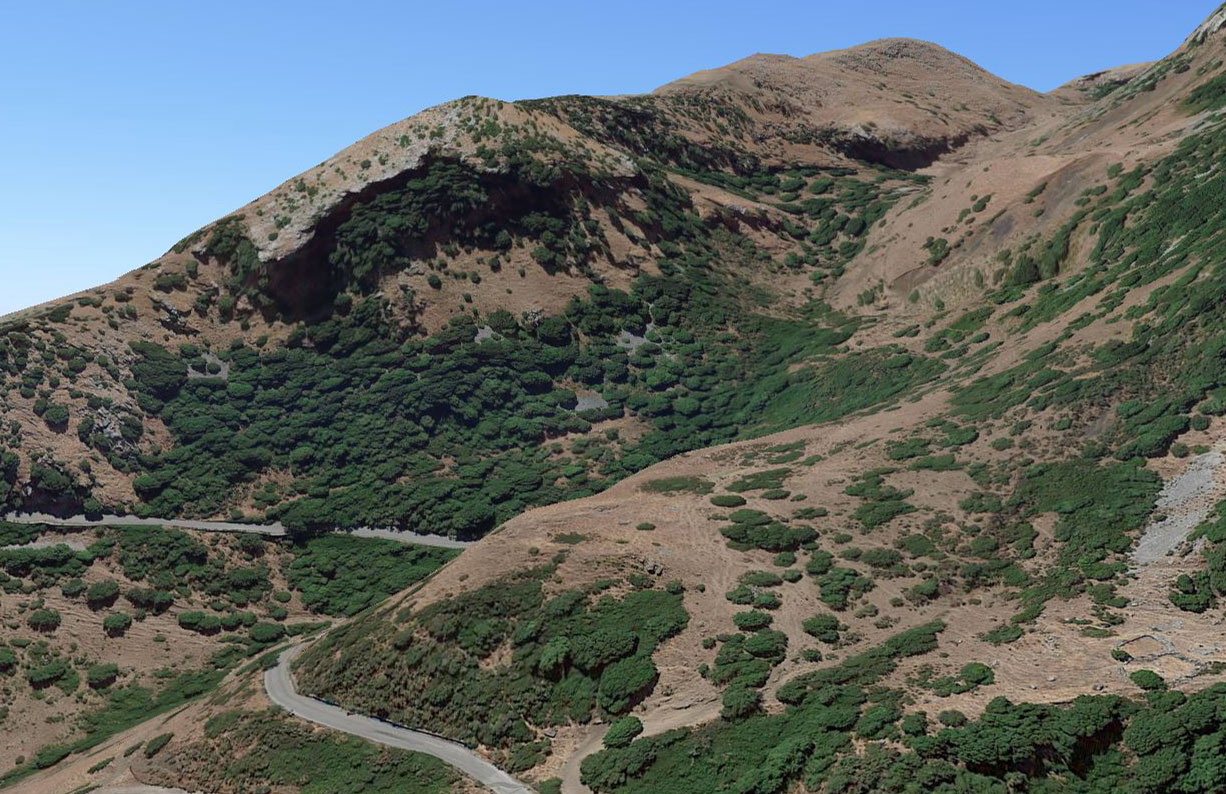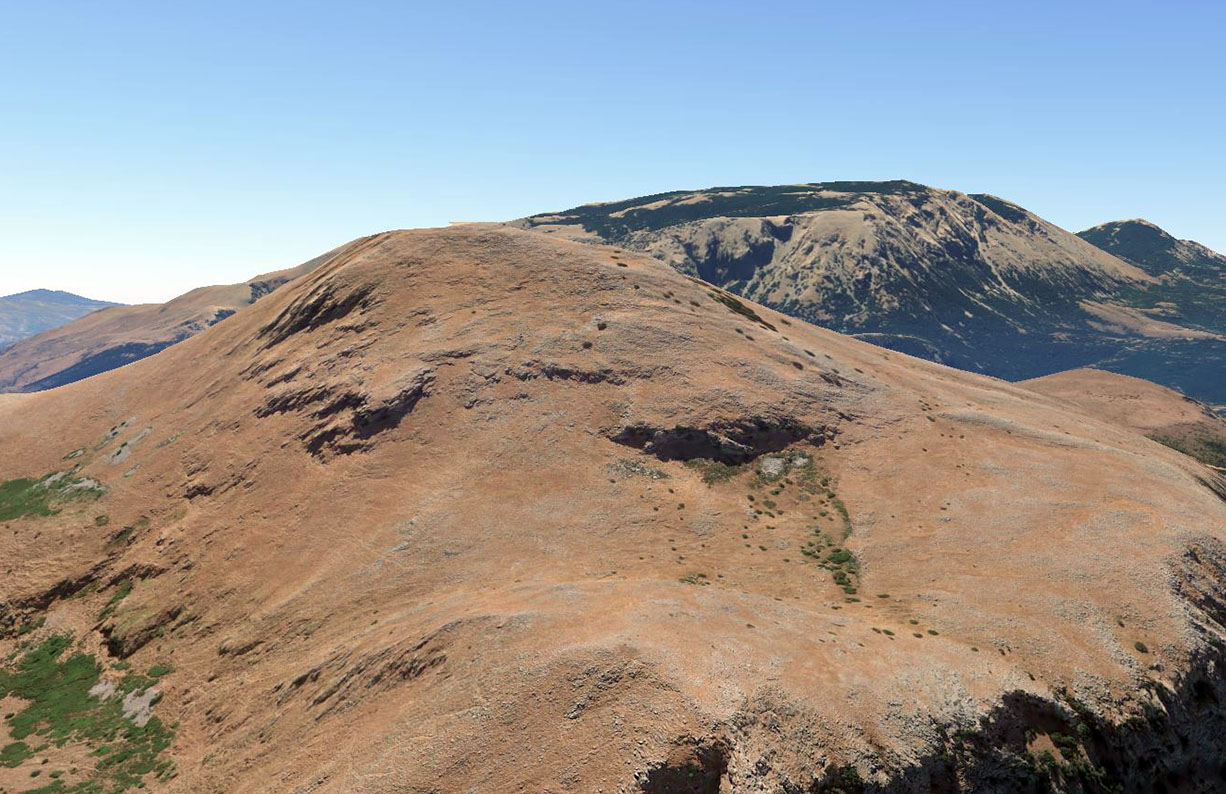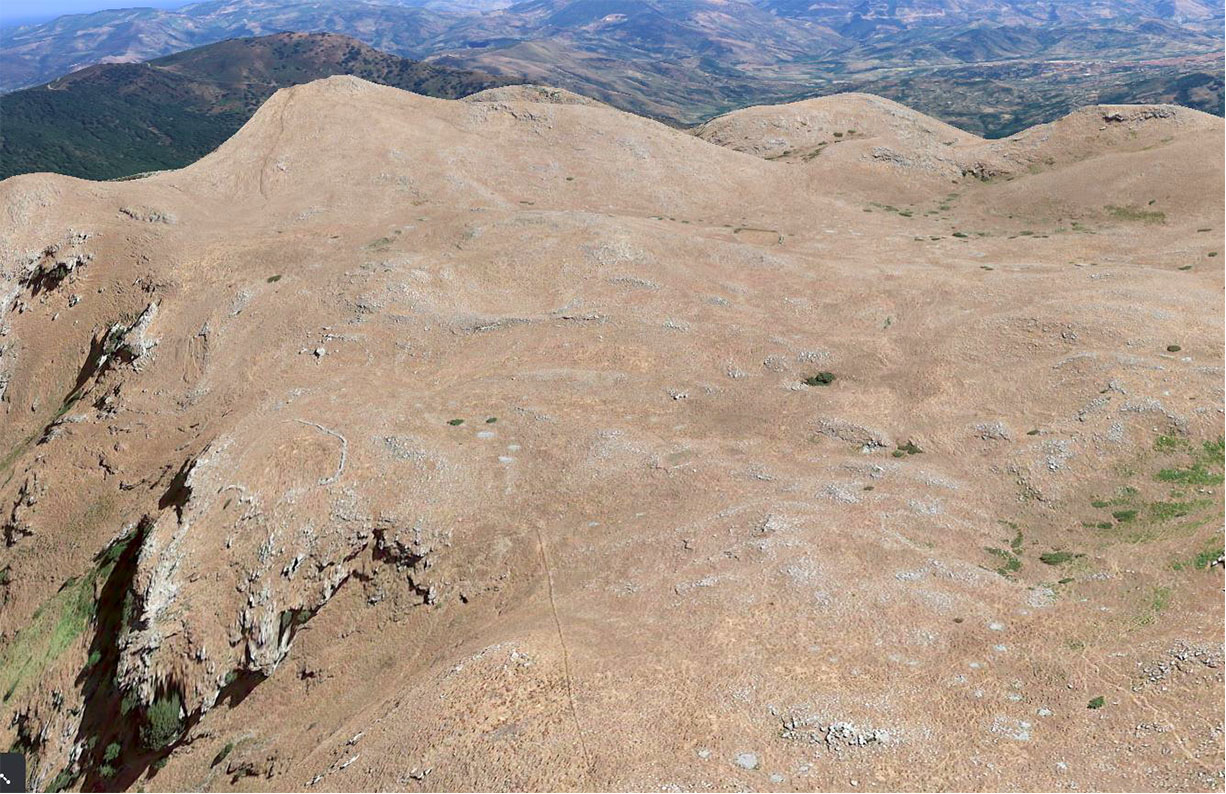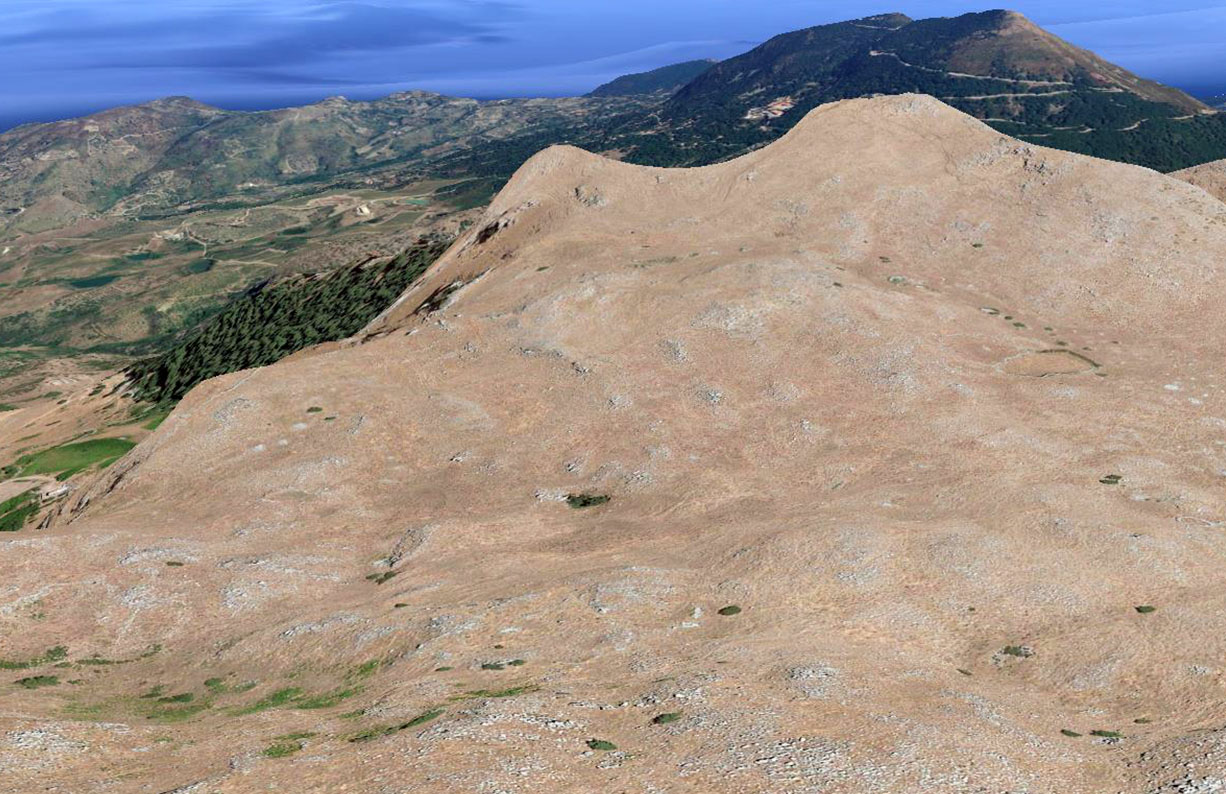A true experience among the clouds, to touch the sky with a finger and dominate the Tyrrhenian coast from above. This is the stunning view that you will enjoy from the top of Pizzo di Pilo, at 1385 meters above sea level. A dome-shaped relief, where in the past the kite (nigliazzu) and the vultures (vitùra) nested, Pizzo di Pilo has always aroused the imagination of the villagers who considered it as a good giant but to be feared of like as if it was a god who protects the wonderful landscape from above.
Moreover, at the feet of the naked mountain, a prosperous valley with crystal clear streams and a lush fauna of deers, fallow deers, roe deers and sheeps that – as written by Passafiume – had golden teeth. The Abbot of Cefalù in the seventeenth century – quoting Ptolemy – still named that mountain “Craton“, probably before a terrible fire destroyed the dense woods, making it arid and stony.
For this reason it was renamed Mount Pilato – from the sic. pelato, ‘shaved’ or ‘without trees‘ – then passed, around 1700, in Pizzo di Pilo. In fact, the woods of Gratteri were already used, with serious damage, from the beginning of the fifteenth century, for the provision of wood for cooking reeds in the towns of Brucato, Roccella and Trabia (Di Francesca P., Gratteri, Palermo 2000, p.19).
The rocky reliefs of calcareous nature, which make it head, are characterized by rocks and cliffs strongly marked by karst phenomena that have given rise both to epigean forms (polje, sinkholes, swallow holes) and hypogean (Ciacca abyss, Puraccia well, Panni cave, Cula cave, Fonda cave, Stefàna cave, Grattàra cave), relevant from the geological and speleological point of view (Di Francesca P., Gratteri, Palermo 2000 p. 11).
Also the wells have great importance, made by craters of volcanoes extinguished over the millennia as suggested by the historian Scelsi (Scelsi 1981, p. 31). In this area there are in fact abyssal chasms – the Puraccia Well, the Ciacca Abyss and the Panni Cave – but also sinkholes with labyrinthine entrance and spectacular fragments of phreatic fossil pipelines bared by erosion (Grotta Grattara).



